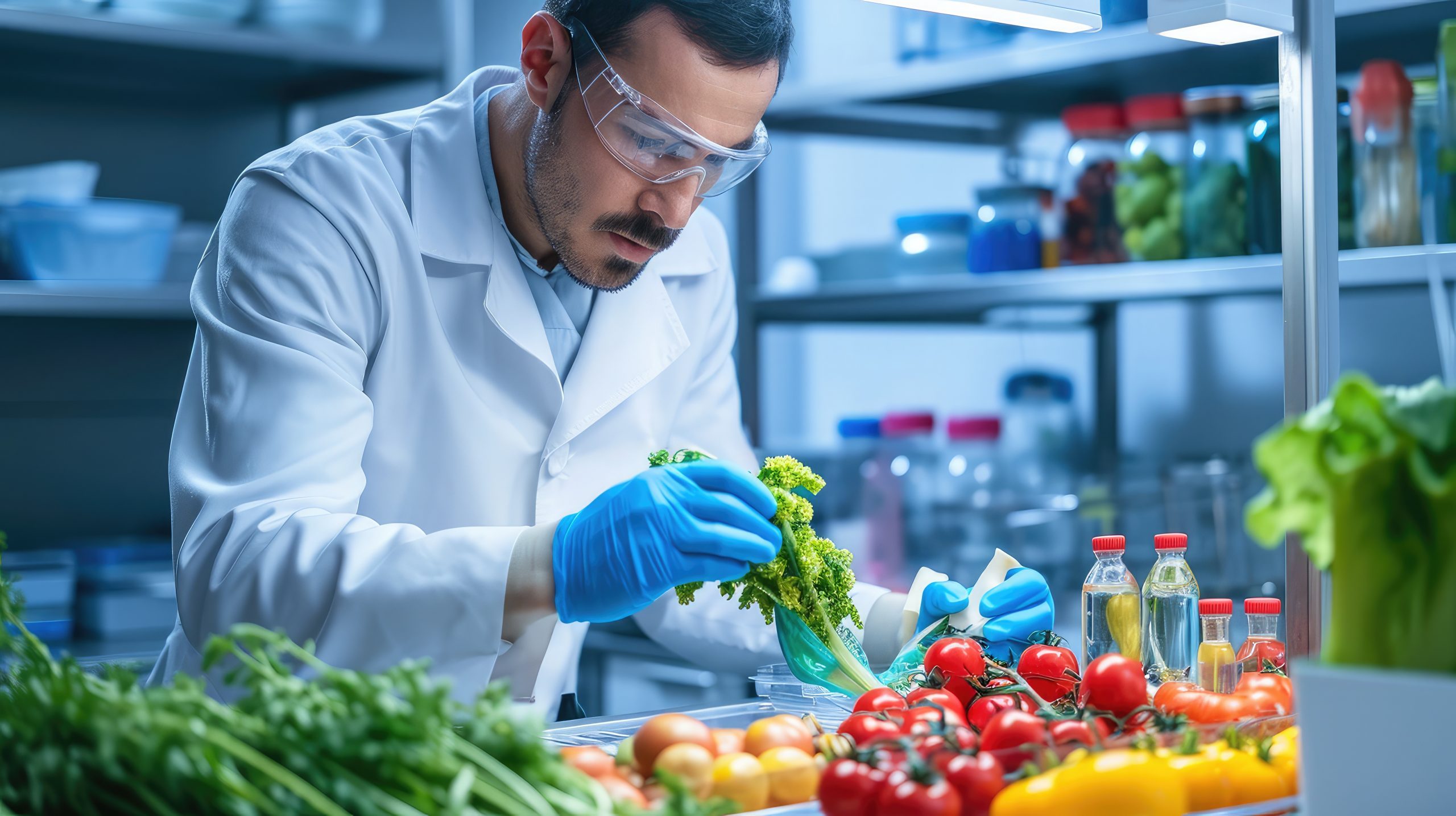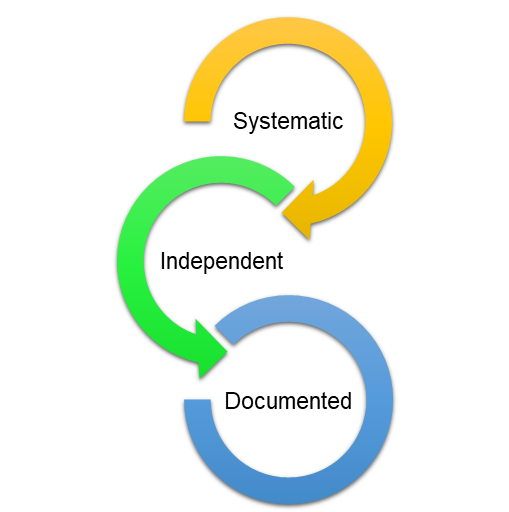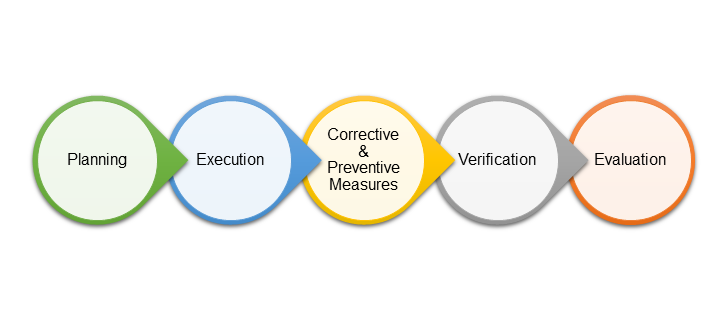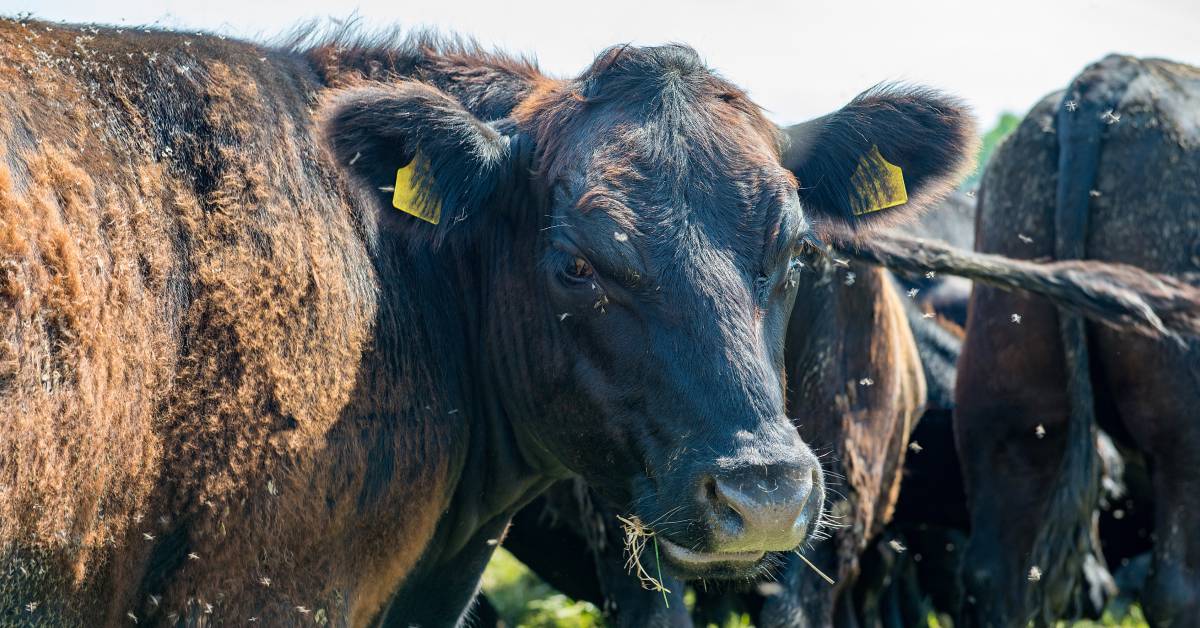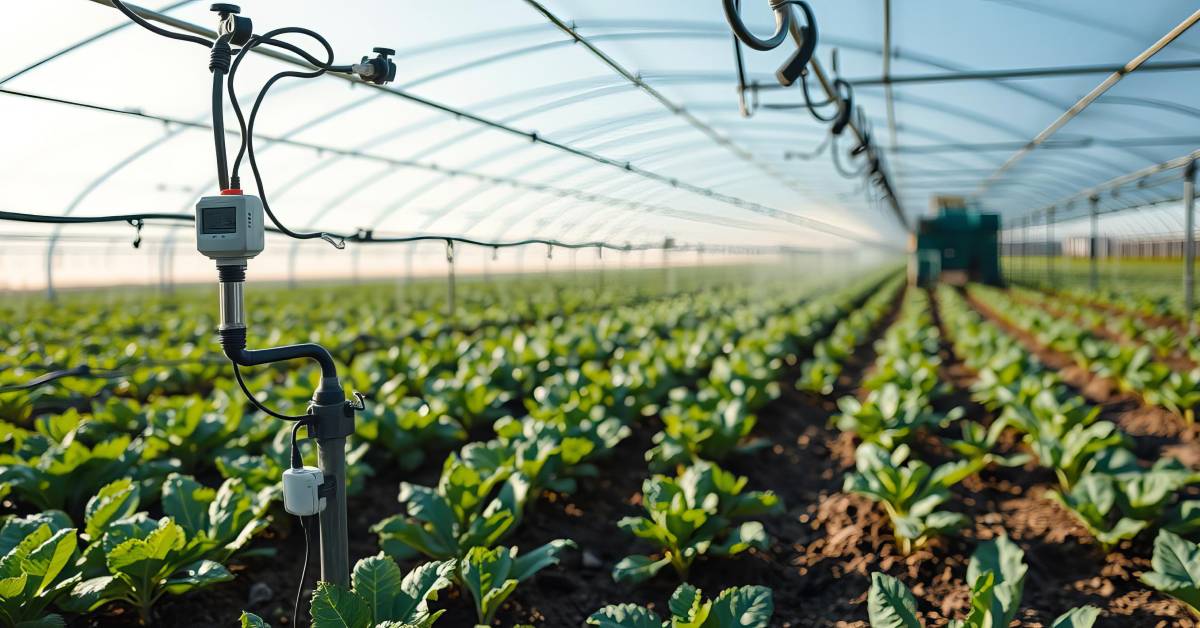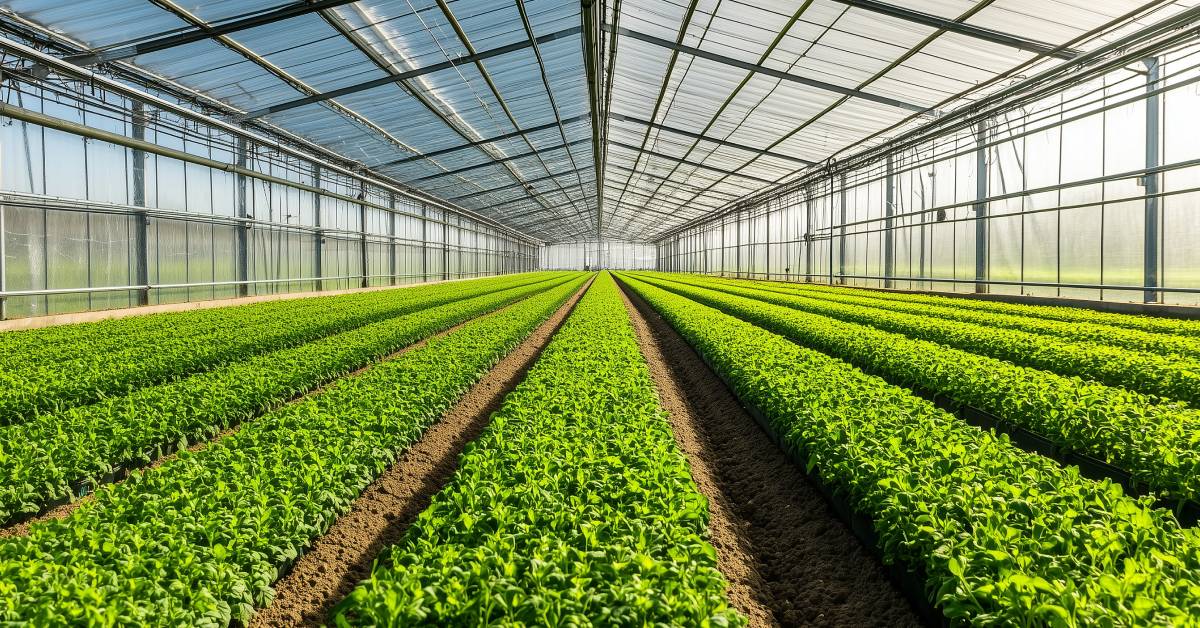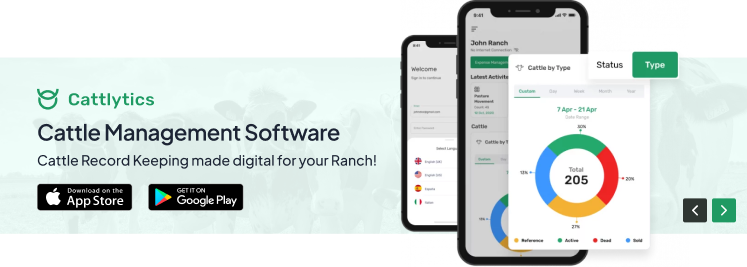Food safety audits are activities aimed at evaluating the levels of the food safety management systems in a food business. These audits are conducted by private parties and government regulatory authorities to protect public health.
In some businesses, food audits are still performed using conventional paper-based methods. However, these methods are less efficient and more prone to document loss and damage, leading to high costs and resource consumption.
The alternative approach is to digitize food safety, utilizing food safety audit software to manage the entire audit process. This approach offers significant advantages such as increased availability, improved performance, and reduced costs and resource usage.
In this blog, we will look in detail at what food safety audits are, their importance, and how can a business digitize its food safety audit process effectively.
What is a Food Safety Audit?
Food businesses worldwide must rigorously adhere to specific food safety standards to establish a strong presence in the market. To ensure compliance, governments conduct food safety audits. Let’s explore what these audits entail in the food industry.
As the name implies, a food safety audit is conducted to protect public health. It encompasses various activities scrutinizing different practices to implement an effective food safety management system. This system covers critical areas, including:
- Food storage
- Food sanitation
- Food preparation
- Employee hygiene
Food audits are considered a vital tool in assessing and enhancing food safety practices across the industry. They are crucial in verifying compliance with established food safety standards and regulations. In today’s digital age, many businesses digitize food safety management, leveraging software solutions to streamline and optimize the auditing process.
These audits encompass highly structured activities that gather objective evidence, which is later analyzed to determine whether a food safety management system is efficient and effective. They also highlight the business’ weaknesses and strengths.
To successfully ace food safety auditing, food businesses must understand why they are essential and equip themselves with adequate knowledge of food safety practices and digital management tools.
While they may be undoubtedly the most essential element of the food industry, food safety audits are also considered the most feared experience by food business owners as they have the power to turn the tables even for the most renowned ones. The transparent reports these audits generate paint a vivid picture of the business’ approach towards food safety.
Additionally, food safety audits are also conducted for the following reasons:
- Certification audit for specific food safety standards
- Assessment of facility design and overall performance
- Ensure legal compliance
- Complaint analysis
- Regulatory requirement
- Supplier request
- Promote business objectives
Therefore, you’d do yourself a favor by preparing yourself beforehand for these audits by learning about what they might entail and how they can help your business fly successfully.
Types of Food Safety Audit
Internal or external food safety auditors usually conduct audits to determine the business’s compliance with food safety regulations.
- Internal Audits
The audit is observed by food safety professionals within the food business.
- External Audits
Audits observed by second or third-party organizations are considered external audits.
These are further divided into three categories based on the relationship between the auditor and the food business being audited.
First-party Audit
Employees within the food business observe these audits to evaluate the current status and determine points for improvement. These can be conducted routinely to prepare the company for future external audits.
Second-party Audit (Proprietary Audit)
Audits conducted by the primary food business to other businesses that may be directly connected with it are called second-party audits. These aim to verify new or existing suppliers by evaluating the effectiveness of their food safety management systems.
Third-party Audit
These audits are observed by independent auditors and food auditing companies that perform a thorough check-up of your business and its food safety management system. These are primarily conducted to implement new food safety regulations or to acquire a specific certification.
No matter the type, an audit can come unannounced and is solely aimed at improving the food safety conditions within a food business and ensuring compliance with the set food safety regulations. Therefore, a food safety management system must address all possible risks and hazards by implementing proper control.
Why are Food Safety Audits Important?
Food safety audits are essential in safeguarding public health, ensuring regulatory compliance, and bolstering consumer confidence in the food supply chain.
First and foremost, food audits are essential for compliance with stringent regulatory standards enforced by agencies like the FDA, USDA, and state authorities. Non-compliance can result in severe penalties, including fines, product recalls, and legal actions. By conducting regular audits, food businesses can identify and rectify any operational shortcomings, thereby mitigating the risk of regulatory violations.
Moreover, audits are crucial for preventing contamination and illness outbreaks. By systematically assessing critical areas of food manufacturing operations, including food handling, storage, and sanitation practices, audits help identify potential food hazards and vulnerabilities. Proactive measures based on audit findings can prevent the release of contaminated products into the market, thereby protecting consumers from harm.
Safety audits also play a vital role in enhancing consumer confidence. In today’s highly competitive market, consumers are increasingly conscious about the safety and quality of their food. By demonstrating a commitment to rigorous food safety standards through regular audits, food businesses can instill consumer trust and confidence, leading to stronger brand loyalty and competitive advantage.
Food safety audits are also essential for supply chain verification, ensuring the safety and integrity of raw materials and ingredients sourced from suppliers. By qualifying suppliers and detecting potential risks, audits help mitigate the risk of food fraud and contamination throughout the supply chain.
Lastly, food audit is instrumental in preparing for external certifications such as SQF, BRC, and FSSC 22000, which are increasingly prerequisites for doing business in the food industry. These certifications demonstrate compliance with international standards, open new market opportunities, and enhance stakeholder credibility.
Key Areas of a Food Safety Audit
A food safety audit generally covers the following key areas:
Food Safety Management System
This system ensures that all business operations operate per regulatory food safety standards. It includes documentation in cases of:
- Dispute
- Security breach
- Possible non-conformities
Food Preparation
It is where the way the food is handled during preparation comes into play. To ensure proper handling of food, a few practices are adopted, such as:
- Adequate segregation of raw materials
- Thorough cooking of raw materials
- Accurate thawing of frozen foods
- Sanitation of utensils
- Use of gloves
Food Storage
Proper storage of raw and cooked food ingredients must also be checked according to the standards. Food products must:
- Not be expired
- Have an adequate shelf-life
- Be safe for consumption
The following reasons may be the culprits behind a food product that is likely to be contaminated and cause foodborne illnesses:
- Broken/uncalibrated thermostats
- Unsanitary storage conditions
- Damaged packaging
- Cross-contamination of raw and finished products.
Sanitation
Improper sanitation increases the risk of contamination. Therefore, sanitation and cleaning are considered vital areas of a food safety audit. These practices include:
- Sanitizing equipment as much as possible
- Installing handwashing facilities
- Proper supply of hot water
Employee hygiene
When speaking of sanitation, we simply cannot neglect the significance of employee hygiene, which significantly reduces the risks of food contamination. It includes:
- Cleanliness
- Proper sanitary gear
- Proper hand-washing.
Waste Management
An effective waste management system ensures you know where all your business waste is headed. It also keeps your business in compliance with environmental regulations and helps to reduce operational costs by minimizing the amount of waste generated.
Facility Design
When it comes to the business’s premises, auditors often check the following:
- Drainage systems
- Presence of chipped paint
- The layout of the operations area.
Steps of Food Safety Audit
Here are the five steps through which a general food safety audit (whether internal or external) is conducted:
Planning
It is where a clear objective is identified and set, allowing further vital areas to be streamlined for further assessment. This step enables auditors to focus on specific areas and provide critical suggestions.
During this step, auditors acquire a copy of the food business’s food safety management plan, which is reviewed before the audit. It helps them decide whether there is a pressing need to move on to the on-site verification.
Execution
It is where the auditor plans an on-site visit that is followed soon after evaluating the business’s food safety management system. An on-site verification includes the review of your:
- Process operations
- Sanitary conditions
- Food safety practices
- Food safety management system
- Documentation
Corrective and Preventive Measures: This step is where, once the key improvement areas are addressed, the auditor determines your preparedness to take necessary actions to comply effectively with the food safety standards.
Verification
This is where the acclaimed corrective and preventive measures assess whether they can be trusted to target effective improvement. It is done by observing and recording a measure’s application and the results it generates.
Audit Evaluation
Apart from the potential hazards, the actual audit and its processes are also evaluated to ensure that it has the power to bring about an efficient change and that the objectives are rightly met. It turns out to be extra-fruitful in cases of internal audits as it strengthens the overall system and its regulatory measures altogether.
Routine inspections are necessary to ensure the thorough implementation of the above steps. By doing so, critical areas of improvement can easily be targeted through various practices, such as formulating a checklist that guarantees progress and improvement.
Have Food Safety Audits Adapted to the Times?
Food safety audits have become stricter. More regulations and rules have been added owing to the Food Safety Modernization Act. The conventional method of managing food safety programs is becoming obsolete. Its documentation and processes are becoming outdated, and the Food and Drug Administration authority agrees.
When an audit process is called, most food safety managers collect critical data and create documents incorporating data. These are then printed in hard copies and finally stored or delivered where there is a need for the reports.
This process produces stress and uses obsolete workflows in the 21st century. The director of food safety and sustainability for California Giant, Eric Valenzuela, gave an interview where he reflected upon previous methods of spending his time budgeting and conducting on-site visits.
He stated that this paper-backed food safety audit was becoming unfeasible and unsustainable. It shows that food audits need to be adapted by using digital solutions. These can optimize operational efficiency and make audits cheaper, quicker, and stress-free.
It is best to use a digitized food safety approach that uses software solutions to manage the complete audit needs due to its apparent benefits, such as availability, high performance, and reduced costs and resource consumption.
What are Useful Food Safety Auditing Tools?
Food safety auditing tools are essential for ensuring compliance with regulations and standards and maintaining high standards of food safety within a food production facility. Here are some valuable tools commonly used in food safety auditing:
Checklists
It is a primary tool to ensure all necessary steps and procedures are followed. Checklists can cover various aspects of food safety, such as sanitation, temperature control, storage practices, and hygiene protocols.
Hazard Analysis and Critical Control Points Systems
HACCP is a systematic preventive approach to food safety that identifies, evaluates, and controls hazards throughout food production. Using HACCP principles and documentation is imperative for effective food safety auditing.
Temperature Monitoring Devices
Monitoring and recording temperatures of food items, refrigerators, freezers, and cooking equipment are critical for ensuring food safety. Temperature monitoring devices such as thermometers, data loggers, and temperature recording systems help maintain proper temperature control.
Sanitation Verification Tools
Tools for verifying the effectiveness of sanitation practices include ATP (Adenosine Triphosphate) hygiene monitoring systems, swab tests for surface cleanliness, and visual inspection tools for cleanliness assessment.
Traceability Systems
Traceability systems enable tracking of food products throughout the supply chain, from production to distribution. These systems help quickly identify and recall products in case of contamination or other safety issues.
Auditing Software
Specialized software platforms are available for managing and conducting food safety audits efficiently. These software solutions often include customizable checklists, scheduling tools, report generation, and analytics capabilities.
Supplier Verification Tools
Tools for verifying the safety and quality of ingredients and raw materials supplied to the food production facility are crucial for preventing contamination and ensuring product safety. It may involve supplier audits, certifications, and quality assurance documentation.
By utilizing these tools effectively, food production facilities can establish robust food safety management systems and ensure safe and high-quality food products are produced.
What is the Cost of Manual Audits?
According to estimates from the Wall Street Journal, a manual audit of any type may cost anywhere from $5,000 to $75,000. The cost of an audit depends upon the organization’s size, the data’s complexity, and other factors. The audit costs double that of a federal projected budget allocation report for the business.
This cost can be reduced by using software solutions that digitize food safety audits. It is best to use a digitized food safety system that uses software solutions to manage the complete audit due to its apparent benefits, such as availability, high performance, reduced costs, and resource consumption.
How Do You Effectively Digitize Your Food Safety Audit?
Digitization of food safety auditing in the food industry and reporting processes is best. The age of paper-based audits is coming to a gradual end. Even government municipalities are starting to incorporate new technologies such as food safety sofware solution, blockchains, the Internet of Things (IoT), artificial intelligence, and mobile solutions to help enhance food safety management systems.
Likewise, some developments shape how food auditors approach site inspections for reporting audits. So, it is best to digitize the food safety auditing process as it provides benefits that outweigh the conventional approach. You can effectively digitize your business’ food safety audit by:
Conducting a Gap Analysis for the Business
For businesses, it is critical to identify where the gaps in the company lie within the existing food safety audit systems and then digitize the system. When the food safety audit companies analyze the gaps, they will map out the segments in the audit that require replacement or upgrades.
For instance, a mock traceability recall may be simulated for ready-to-eat meals, which can then be used to identify how the various records are tracked. It becomes helpful to determine whether the current reporting approach works for the auditee and the auditors, and then digitize the system.
Communicating Changes Frequently and Proactively
As time goes on, it is common for the business to transition from one process to another system. The communication must change proactively, ensuring that the auditees and the auditors are aware of the changes before the audit.
For example, the communication will need a secure channel with the servers so the auditors can plan their visits accordingly. It gives the auditees time to ensure that their operational data is correctly backed up and that these communication channels are secure.
It must be maintained that there is an effective IT department before, during, and after an audit, which can become beneficial if a technical glitch or error requires solving.
Creating Measurable Data Points
Almost all parameters are perceived as critical data when working in food safety. When considering digitizing food safety audits, it is crucial to filter out the valuable data from the abundant ones, especially when considering the audit reports.
It is very simple to improve the measurable data points and then have a performance index or follow a scoring system that can enable the auditees to identify their strengths and improvement areas.
Developing Presentation Skills as an Auditor
It is safe to assume that the existing digital food safety auditing tools do a brilliant job recording the data. Still, an area that remains underdeveloped is the data presentation. According to a study, 34.3% of presenters mostly use stock photos and photographs in their presentations. 18.6% use original charts and graphics. 7% use icons and illustrations. 6.9% use GIFs and memes. 5% use screenshots.
When data is represented using graphical representations such as pie charts, and bar charts, the narrative behind them needs to be built upon by the presenter using graph maker software. It will help the auditees stay informed about anomalies and determine the root cause. It can also be used to assess the overall performance of the business.
Having a Backup in Case Something Goes Wrong
Once the new digital system is completely integrated, it is best to have a backup plan in case it breaks. It is best to perform this before the system goes live.
After a risk management test, you can know all the system’s vulnerable points. It can allow you to be prepared and provide the personnel with a backup plan in case the technology fails completely or temporarily stalls.
Conclusion
Food safety audits that are operated remotely are a thing of the future. These will help companies reduce costs, provide better document storage, streamline business workflows, and provide an alternative to conventional paper-backed audits. It is best to have a food safety management system from a professional software solution company to ensure you pass your food safety audits.
FAQs
What is the Role of Audits in the Food Industry?
Food safety in the food industry has an important role. The audits are used for several reasons: to evaluate their management systems, assess the condition of products and their premises, obtain certifications for quality standards and food safety, and confirm their legal compliance with regulatory bodies.
Several food scandals, such as the Horsegate scandal, increased customer demand to ensure food safety. It meant that the public auditors and private food sectors needed to develop various standards for food safety and quality assurance. For this, they make use of food safety audits.
How Often are Food Safety Audits Conducted?
Food safety audits need to be held by businesses themselves. It is best to have a food safety audit each year. These annual audits can help companies evaluate their management systems, assess the condition of products and their premises, and confirm their legal compliance with regulatory bodies.
What are the Three Types of Food Safety Audits?
Three types of food safety audits include:
Compliance Audit: This type of food safety audit focuses on evaluating whether a business follows the specific rules and regulations set forth by government agencies.
Program Audit: This looks at the overall food safety program of a food facility, including policies and procedures, training programs, and monitoring systems.
Safety Management System Audit: This type of audit evaluates the effectiveness of a food safety management system used by the business.
Are Food Hygiene Audit and Food Safety Audit the Same?
A food hygiene audit specifically looks for cleanliness and hygiene practices in a food business. On the other hand, a food safety audit includes not only hygiene practices but also overall compliance with regulations and program effectiveness.
Is there Any Difference Between a Food Safety Audit and an Inspection?
A food safety audit is an in-depth evaluation conducted by an auditor to assess how well a business follows food safety standards and regulatory requirements. However, an inspection usually verifies compliance with specific regulations or standards during a visit.

